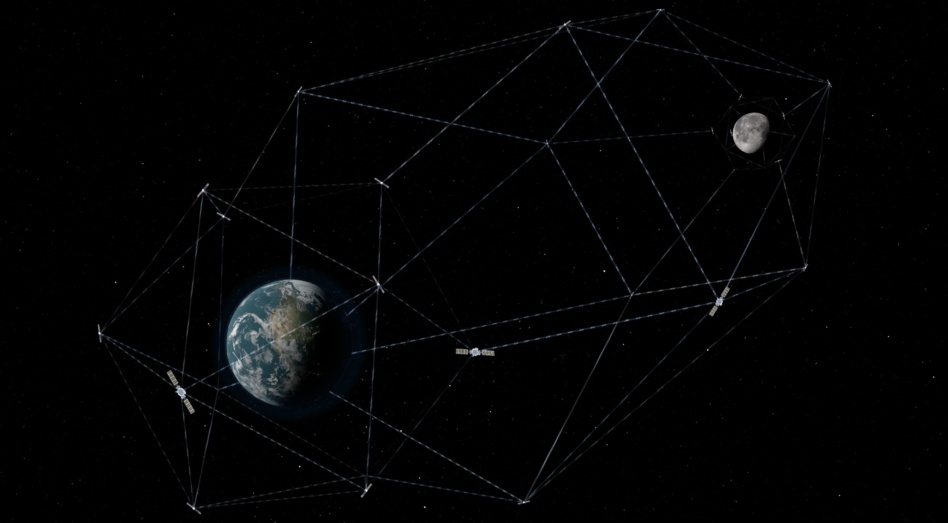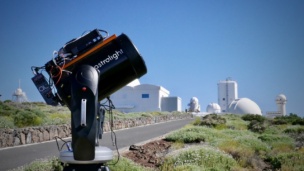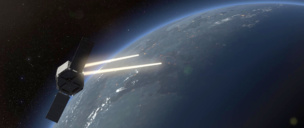Quantum Space is building a mesh communications infrastructure that spans from LEO to cislunar space and beyond to meet growing data needs as humanity expands its reach into the cosmos.
This morning, the company unveiled details of Sentry, its first mission. Sentry will launch on SpaceX’s Transporter-10 rideshare, currently slated for no earlier than March, and will test technologies—including data collection and edge computing—that will eventually be utilized in QuantumNet, the company’s comms constellation.
“As we get further away from Earth, our processing capability has to be able to go out there and make decisions for us,” Sue Hall, Quantum SVP of operations and programs, told Payload. “So the more we can process at the edge, where the action is happening, that’s where we want to go.”
Quantum 101: The Rockville, MD-based company is planning to build QuantumNet, a secure, distributed communications infrastructure that can support missions deep in space without having to send data back home for processing.
The company’s network will consist of two types of spacecraft:
- Scouts, which are smaller and primarily focused on data collection
- Rangers, which are larger, modular spacecraft that can be tailor-made to customer specs
“Every vehicle we build shares the same common backbone, the same software, in some cases, the same sensors and suites,” said Phil Bracken, Quantum chief strategy officer. “So whether it’s a small vehicle like we’re launching now, or the largest vehicle, Ranger, that we plan to launch a little bit later, every vehicle builds on the last in both complexity and in consistency with what we’ve launched in the past.”
Sentry: The company’s first mission will include a sensor and edge computing payload, and will communicate with the cloud-based mission management system based back in Rockville. It will test the company’s software from LEO to establish how everything works before sending compatible spacecraft farther above the Earth’s surface.
The mission is slated to last two years, and while it is primarily designed to demonstrate the company’s sensing and edge computing capabilities, it will also act as the first node in the network once more Scouts and Rangers are deployed. The company is hoping to launch once a year in the near future to begin building QuantumNet, and it has not yet revealed details about the second mission.
Note: A previous version of this story misstated the target launch window for Transporter-10. This error has been corrected.




